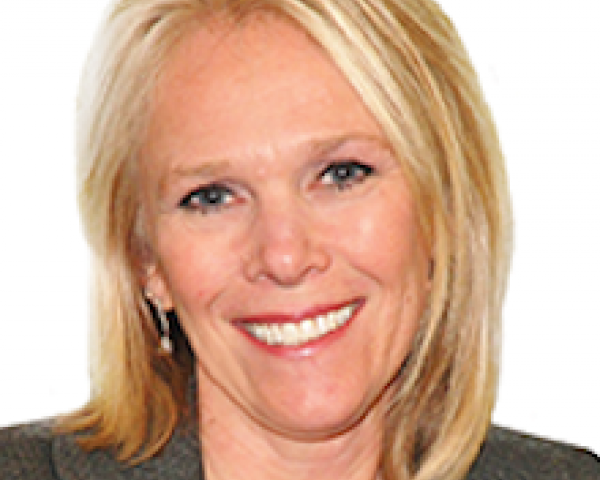Let's say you've appointed a head of customer experience, who is part of your senior management team. You have a customer experience practice. This might be a small team of a few people, or it might be a larger division or department within your organization. And you've implemented practices and procedures driven by customer experience. You're doing research. You're creating and using personas and journey maps. Maybe you're even doing a service blueprint. And, of course, you have metrics and measurements. From thoseat, you get analytics and intelligence. You know what your customers need. You know how they feel; you know what they're saying. And you are acting based on what you learn. You're changing priorities, decisions and investments. So, you've established the discipline, and you're doing everything right.
But are you really? Don't get me wrong. Everything you're doing in that scenario is essential to your organization. But if your customer experience discipline is siloed, if it is simply aligned but not embedded and woven throughout your organization into everything you do, and if it is not a key driver for almost everything you do, the notion that you're truly driven by customer experience is more myth than reality.
Creating the reality of being driven by customer experience requires education, understanding and implementation of the discipline throughout your entire organization. It calls for the knowledge of how customer experience differentiates from customer service and the need to share, apply and nurture practices and assets, not simply develop and document them. This is not about creating personas and journey maps and then putting them on a shelf or implementing them within a siloed discipline. CX assets and practices need to be top of mind and referenced frequently by everyone – in thoughts, conversations, planning, practices and absolutely decision-making. And, just as your customers’ journeys continually evolve, so must your CX practices and assets.
I cannot stress enough that the associated knowledge or practice of customer experience affects almost everyone in your organization and just about everything in your organization in the same way that everyone and everything in your organization affects your customers, whether you realize it or not. Customer experience should become an inextricable part of your culture. This is not accomplished top down, and it's not accomplished bottom up. It needs to be woven throughout all of your strategies, plans, projects, workflows, conversations, decisions and how you apply technology.
To achieve this organic customer experience culture, all of these components need to be designed and orchestrated to enable the desired customer experience. It is not just going to happen. Done right, this transformation is a journey much like innovation or digital transformation, and it's one that gets to the real heart of your organization and affects every aspect of what you do and why you do it. It's a big journey. But like all big journeys, it begins with small steps and is about gaining momentum. Over time, customer experience will no longer be a thing you do, but rather will become a natural part of how you think, how you behave, and what drives your conversations, priorities, investments, and decisions. To move from the myth to the reality and become truly driven by customer experience, it is key to educate and involve everybody. Do not align, but rather embed. And go beyond the customer's view and journey and look at your internal journey.
See also: 3 Ways to Improve Customer Experience
Is customer experience a discipline unto itself? I hope you would agree that customer experience is certainly a discipline, but that the last thing you want is to keep it unto itself.






